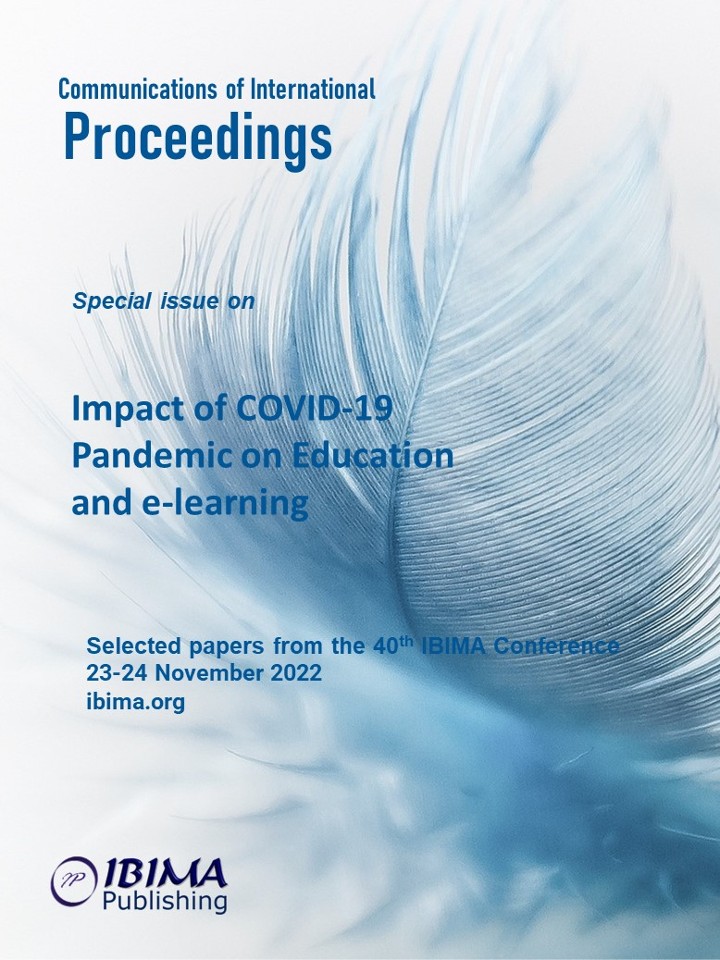
Lyudmila A. ABRAMOVA, Svetlana B. VERESHCHAK, Alexander V. VERESHCHAK and Jeanne S. VASILIEVA
1 sociology and pedagogy department, I. N. Ulianov Chuvash State University, 15, Moskovsky Prospect, Cheboksary, 428000, Russia
2 department of the theory and history of state and law, I. N. Ulianov Chuvash State University, 15, Moskovsky Prospect, Cheboksary, 428000, Russia,
3 electrification and agricultural production automation department, Chuvash State Agricultural University, 29, K. Marx St., Cheboksary, 428000, Russia,
4 department of public law, I.N. Ulyanov Chuvash State University, 15, Moskovsky Prospect, Cheboksary, 428000, Russia

The spread of the new COVID-19 corona virus infection has become a catalyst for the digital transformation of higher educational institutions. Over the past year, higher educational institutions passed the so-called stress test – mobilization and restructuring their activities in emergency conditions and began to develop and implement a new model of the educational process, which can be called hybrid (combined). The study of the best practices of distance learning during this period showed that educational organizations faced three main tasks: to preserve the health of students and employees, to preserve the quality and accessibility of education and research activities, and to search for new resources. This research is based on an interdisciplinary approach. It uses a comprehensive approach to the problem of digital transformation of educational services rendered by higher educational institutions, the use of modern software for the educational process. The authors conclude that, in general, the higher education system managed not only to cope with the new challenge, but also to offer and implement a hybrid (combined) form of education as an approach that demonstrates the necessary potential of digital technologies for individualization and optimization of the educational process, for the development of new educational programs.